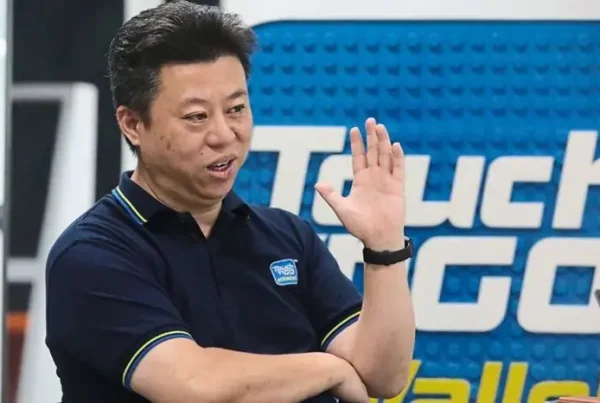Technology continues to change and evolve each year, and eCommerce website design trends are no different. It’s possible that the design and website features that were once considered modern or innovative may have become cliches as years go by. Whether you’re trying to impress new or old customers, using the latest eCommerce website design trends gives the impression that your brand follows the latest trends.
1. Put in Creative and Eye Catching Animations
Page transitions make your site pleasing to the eye and help entertain the user while the other parts of the site are loading. Animations also enable you to add user interface interactions to your site. This significantly increases engagement and ensures customers not only stay longer, but are also more likely to return.
2. Make use of Sculpturesque Product Photography
Sculpturesque Product Photography falls under minimalism in eCommerce. It’s a concept inspired by Bauhaus architecture, cubist sculpture. These ultra-modern product photos combine form and function. It’s all about bold geometry, striking angles, bright colors, and expert use of negative space to complement simple and minimalist web layouts.
3. Capture Real Textures of Products
Use specific strategies and techniques to capture images of your products in a way that lets your customers see even the most intricate details. These specifically include your product texture, colors, material, etc. This way, your customers can better imagine and understand what your product feels like.
4. Include Product Features in Design
Clearly demonstrate why your product’s unique features/selling points are important. When done right, the product anatomy will not only be a great showcase for your product and it can also help your customers see the special details your product offers.
5. Weave in Geometric Shapes
Adding geometric shapes to your web design helps create a more futuristic, minimalist look on your site.
Objectives of Geometric Shapes in Web Design as:
- Navigation: Lines and shapes are used to guide users as they navigate their way through a website.
- Framing: A geometric shape is used to contain vital content like text or an image which needs to be highlighted to users.
- Visual effect: A shape is used to make a website look more appealing and makes it stand out from generic websites used by competitors without overpowering the website design.



